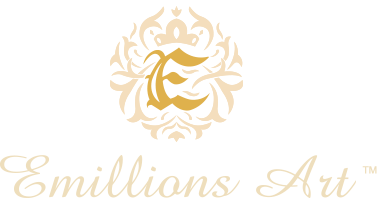“Cataloguing” of fine art is a meticulous and systematic process of documenting and organizing artworks or collections of artworks in a structured and standardized manner. This practice serves several important functions, including preserving the historical and scholarly record of the art, enabling efficient management of collections, facilitating research, and aiding in provenance and exhibition tracking.
Key components of cataloguing in the fine art context include:
Descriptive Information: The cataloguing process involves providing detailed descriptions of each artwork, encompassing essential information such as the title, artist, date of creation, medium, dimensions, and any inscriptions or markings.
Provenance: The history of ownership or provenance is documented, tracing the artwork’s ownership lineage from its creation to the present. This is crucial for establishing the artwork’s authenticity and historical context.
Condition Report: Catalogues often include a condition report, detailing the current state of the artwork. This may describe any damage, repairs, or alterations, and it can be updated as the artwork’s condition changes.
Bibliographic Data: Relevant scholarly and bibliographic information, such as references in art historical literature, exhibition history, and publication history, is included to provide context and resources for further research.
Photography: High-quality images of the artwork are typically included to visually represent the piece and aid in its identification and documentation.
Categorization and Classification: Artworks may be categorized and classified according to various criteria, such as art movement, style, genre, or thematic content. This helps in organizing the collection and understanding its composition.
Standardization: Cataloguing adheres to established standards and conventions, such as those provided by museum and archival organizations, to ensure consistency and interoperability of data.
Digital Database: In contemporary practice, cataloguing often involves the creation of digital databases or information management systems that enable easy access, searching, and retrieval of artwork information. These databases can be shared with researchers, scholars, and the public.
Object Labeling: Artworks are assigned unique identification numbers or codes that correspond to their catalog entries, making tracking and locating specific pieces within a collection easier.
Cross-Referencing: Catalogues may also include cross-references to related artworks, artists, or themes, enabling researchers to navigate the collection more comprehensively.
Cataloguing in the fine art realm is an essential component of museum and gallery management, as well as the management of private art collections. It is also a passion of Emillions Art. It serves to preserve the integrity of the artwork’s historical and artistic context and facilitates scholarly research, curatorial decision-making, and the public’s engagement with art. Academic cataloging practices adhere to established standards and methodologies to ensure the information is accurate, reliable, and accessible to many users, from art historians to conservators and the general public.



